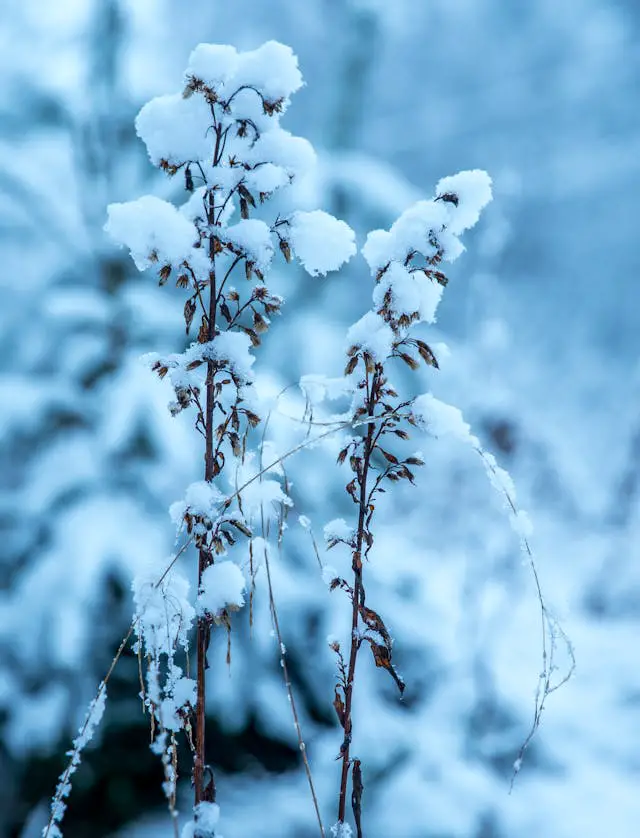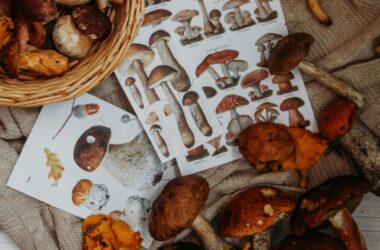Winter gardens often seem dormant and lifeless, but snow can actually be a gardener’s secret weapon. Here are ten creative ways to use snow to enhance and benefit your garden during the cold months.
1. Natural Insulation for Plants
Snow acts as a natural blanket, protecting your plants from harsh temperatures. Piling snow around the base of plants can insulate roots, helping them survive freezing conditions. This is particularly useful for perennials and shrubs.
2. Moisture Retention
As snow melts, it slowly releases water into the soil, providing a steady supply of moisture. This gradual watering helps to prevent soil erosion and keeps plants hydrated without the risk of overwatering.
3. Building a Snow Greenhouse
Create a simple snow greenhouse by piling snow around a clear plastic or glass structure. This extra insulation can keep the interior warmer, allowing you to grow cold-tolerant plants even in frigid temperatures.
4. Compost Accelerator
Mixing snow with compost piles can help to maintain the necessary moisture level. The slow melting of snow ensures that the compost pile remains damp, aiding in the decomposition process even during winter.
5. Pest Control
Snow can help control certain pests. For instance, it can create an environment that’s inhospitable to slugs and snails. Additionally, some pests’ eggs and larvae can be trapped and killed by prolonged exposure to freezing temperatures under the snow.
6. Creating Snow Mulch
Snow mulch can protect delicate plants from freeze-thaw cycles, which can damage roots and stems. A thick layer of snow acts as a barrier, keeping soil temperatures more stable and reducing plant stress.
7. Landscape Sculpting
Get creative with snow to shape and sculpt your winter garden. Build snow mounds and pathways to add structure and interest. These features can make your garden look magical and provide a unique winter landscape.
8. Snow Watering System
Place containers of snow around your garden beds. As the snow melts, it will water the surrounding soil. This can be especially useful for areas that receive uneven snowfall.
9. Encouraging Wildlife
Snow can attract certain wildlife to your garden. Birds, for example, may flock to areas where snow has been cleared to reveal seeds or berries. Creating snow-free zones can help support local wildlife during the winter months.
10. Reflective Light for Greenhouses
Snow’s reflective properties can increase the amount of light that enters your greenhouse. Positioning your greenhouse near snow-covered areas can enhance light levels inside, benefiting the growth of your plants.
Conclusion
Snow doesn’t have to be a gardener’s enemy. By using these creative techniques, you can turn winter’s snowfall into an asset for your garden, ensuring it remains healthy and vibrant even during the coldest months. So, next time it snows, head outside and make the most of nature’s winter gift!







